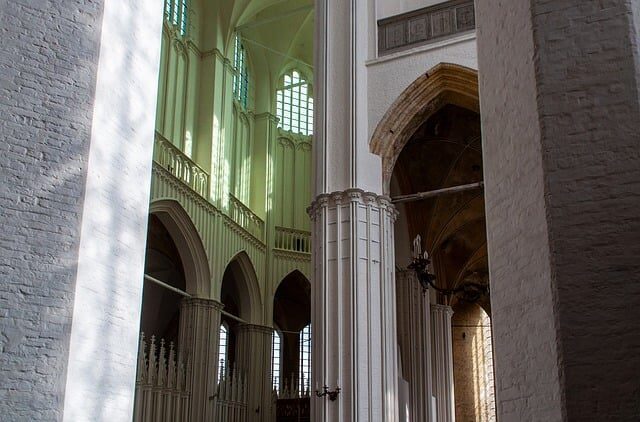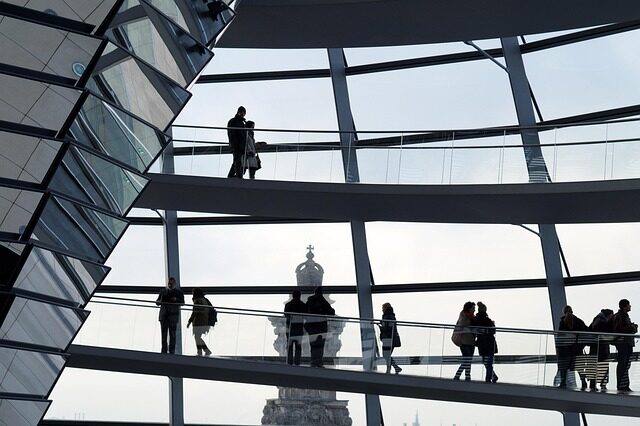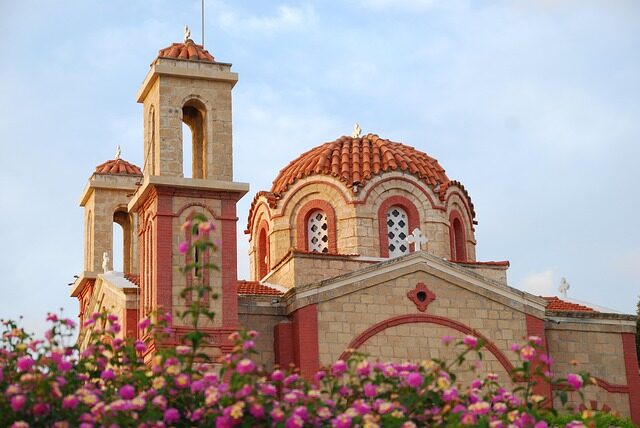Danish modernism in building design has long been revered for its combination of aesthetics, functionality, and innovation. This design movement, with origins in the early 20th century, has influenced not just the Scandinavian region but has also made a significant mark on the global stage of architecture and design.
- Why is Danish modernism important in architecture?
- What are the key characteristics of Danish modernism?
- How did the Bauhaus School influence Danish modernism?
- Who are the most famous Danish architects?
- What impact did Danish modernism have on Scandinavian furniture design?
- How is Danish modernism reflected in contemporary architecture?
- What are the differences between traditional and modern Danish architecture?
- Why is Danish modernism important in architecture?
- What are the key characteristics of Danish modernism?
- How did the Bauhaus School influence Danish modernism?
- Who are the most famous Danish architects?
- What impact did Danish modernism have on Scandinavian furniture design?
- How is Danish modernism reflected in contemporary architecture?
- What are the differences between traditional and modern Danish architecture?
Why is Danish modernism important in architecture?
Denmark’s contribution to the world of architecture through Danish modernism is profound. It reshaped the concept of living spaces, bringing the ideals of simplicity and functionality to the forefront. The movement’s emphasis on natural light, open spaces, and minimal ornamentation created a human-centric approach to building design that remains influential today.
The principles of Danish modernism are often seen as a bridge between traditional craftsmanship and modern technology, leading to designs that are both timeless and innovative. This design ethos challenges the status quo, encouraging architects to consider the social and environmental impact of their work.
What are the key characteristics of Danish modernism?
The hallmark of Danish modernism is its simplicity and focus on functionality. Clean lines, organic forms, and the thoughtful use of materials define this architectural style. Structures are designed with an emphasis on durability and practicality, without sacrificing beauty or comfort.
Another defining characteristic is the use of natural materials, such as wood and leather, which not only bring warmth and texture to the design but also connect the indoors with the natural world outside. Furthermore, the interplay of light and space is a critical aspect, with large windows and open floor plans creating bright and airy interiors.

How did the Bauhaus School influence Danish modernism?
The Bauhaus School in Germany had a significant impact on Danish modernism, particularly through its principles of functionalism and simplicity. The school’s approach to combining crafts and fine arts under the banner of functionality resonated with Danish designers, who adopted these ideas and fused them with their own cultural aesthetics.
Bauhaus encouraged experimentation with materials and forms, which led to innovative furniture designs and architectural elements within Danish modernism. This cross-pollination of ideas contributed to the distinctively minimal yet human-centric design language that is synonymous with Danish modernist architecture.
Who are the most famous Danish architects?
- Arne Jacobsen, known for his Egg and Swan chairs, as well as architectural works like the SAS Royal Hotel.
- Jørn Utzon, celebrated for designing the iconic Sydney Opera House.
- Bjarke Ingels, whose contemporary works include the innovative VIA 57 West in New York City.
What impact did Danish modernism have on Scandinavian furniture design?
Scandinavian furniture design has been profoundly influenced by the principles of Danish modernism. The movement’s emphasis on functionality and minimalism led to the creation of pieces that are both practical and aesthetically pleasing. Furniture became an extension of architectural thinking, with designers like Hans Wegner and Finn Juhl blurring the lines between form and function.
Iconic furniture pieces from this era, such as the Egg chair by Arne Jacobsen, not only represent the zenith of Danish design but also highlight the global impact of Danish modernism on furniture design.

How is Danish modernism reflected in contemporary architecture?
Today, Danish modernism is reflected in the work of architects who prioritize sustainability and user experience. Contemporary Danish architecture continues to embody the principles of light, space, and material honesty that were established by the modernist movement.
Innovations in green building and smart design are also hallmarks of modern Danish architectural projects. Architects like Bjarke Ingels have gained international acclaim for their ability to merge environmental responsibility with cutting-edge design.
What are the differences between traditional and modern Danish architecture?
Traditional Danish architecture often features ornamental details and uses local materials, reflecting the historical and cultural context of its time. In contrast, modern Danish architecture, influenced by modernism, is characterized by simplicity, with a focus on function and industrial materials.
The evolution from traditional to modern also signifies a shift in societal values, from the status-oriented designs of the past to the democratic and inclusive designs of the modern era.

To gain a deeper understanding of this architectural transformation, let’s dive into a visual representation of Danish modernism:
In conclusion, Danish modernism in building design is not only important for its aesthetic contributions but also for its forward-thinking approach to living spaces. Its legacy continues to inspire contemporary architects and designers to create functional, beautiful, and sustainable environments.


